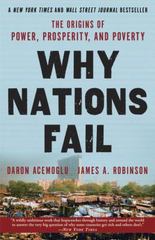Question
You run a cookie shop that sells such good cookies that there are no close competitors (i.e., you are a monopoly). You primarily sell your
You run a cookie shop that sells such good cookies that there are no close competitors (i.e., you are a monopoly). You primarily sell your cookies to multiple large institutions like Universities, large commercial distibutors, and sports stadiums. Because you know your customers well, you know each of their individual demand curves and can price discriminate perfectly.
Suppose one customer has the following (inverse) demand for cookies:
p = 350 3Q
The cost of cookies is C(Q) = 9Q. For simplicity, we are assuming no fixed cost. This means the marginal cost and average cost of cookies are the same AC = MC = 9
How much profit can you make from this customer when perfectly price discriminating?
Round to the nearest whole number.
Step by Step Solution
There are 3 Steps involved in it
Step: 1

Get Instant Access to Expert-Tailored Solutions
See step-by-step solutions with expert insights and AI powered tools for academic success
Step: 2

Step: 3

Ace Your Homework with AI
Get the answers you need in no time with our AI-driven, step-by-step assistance
Get Started


